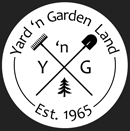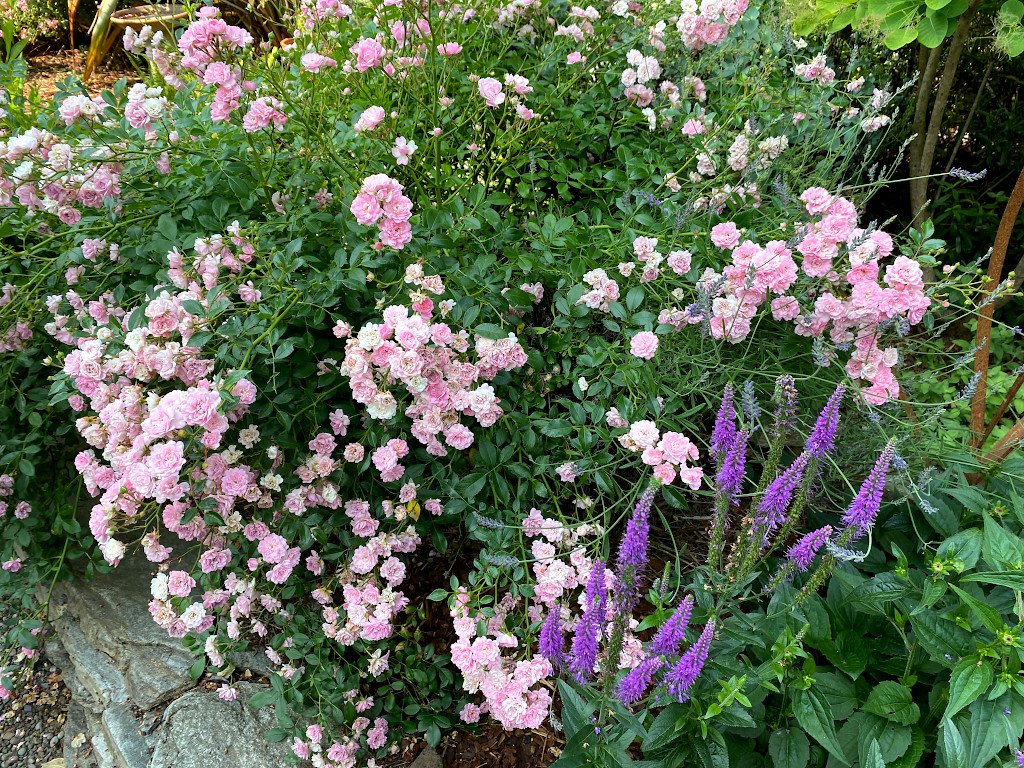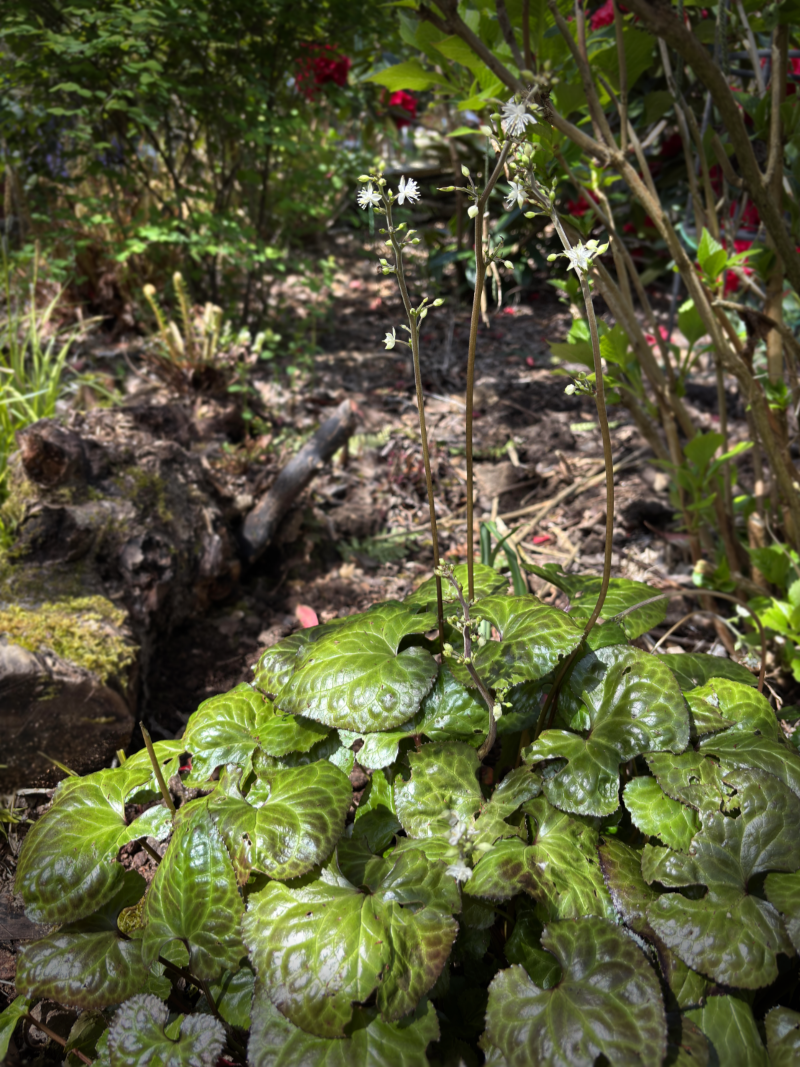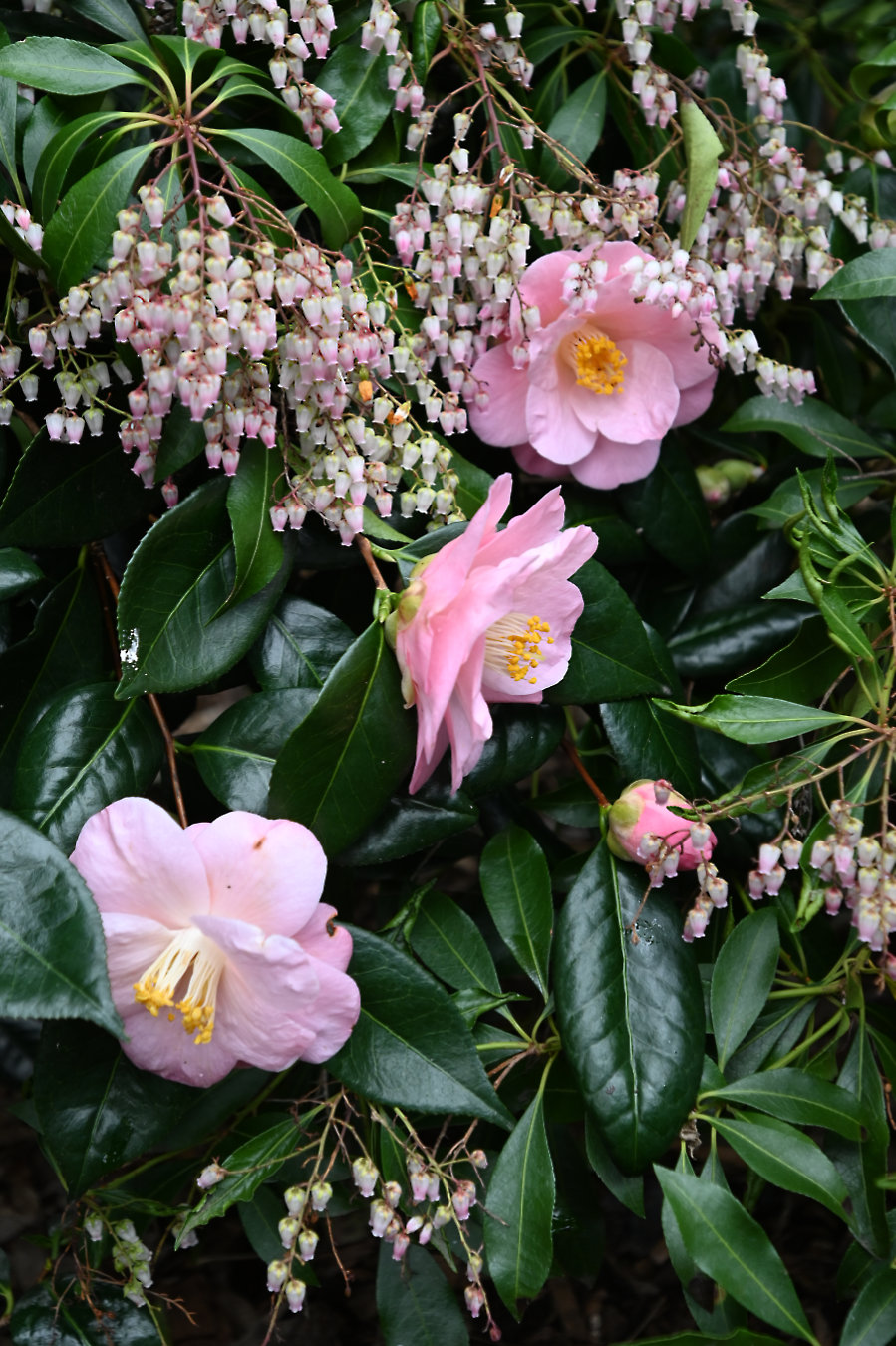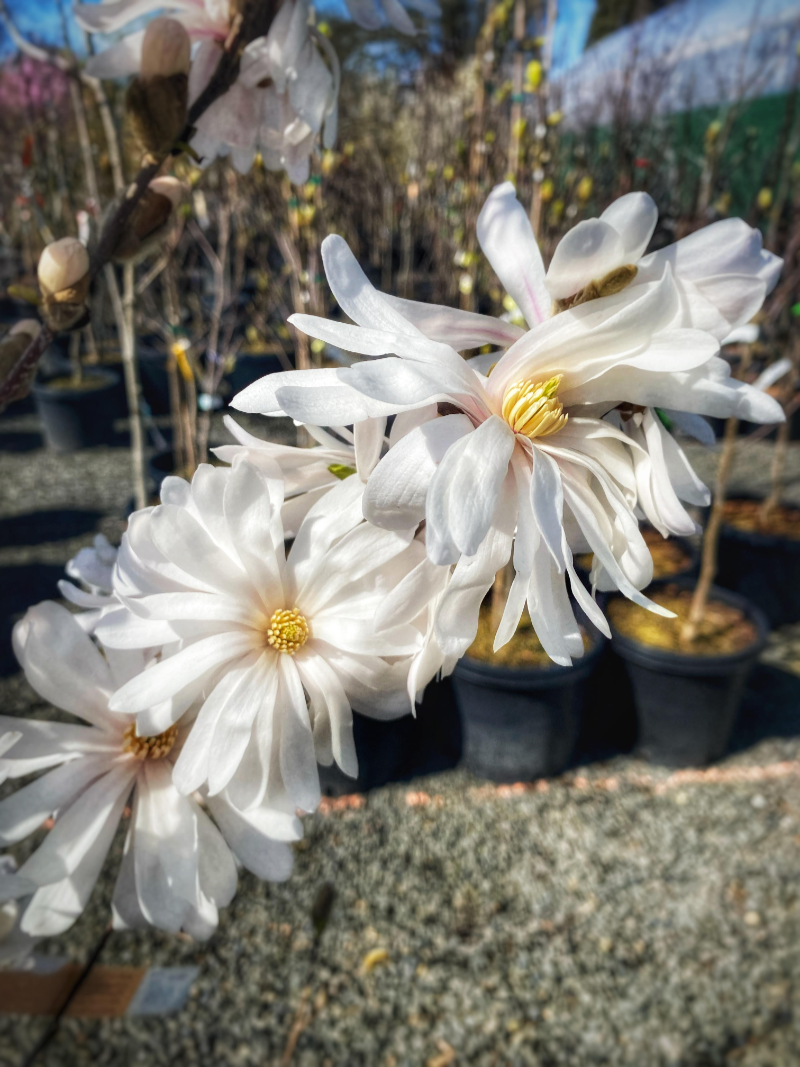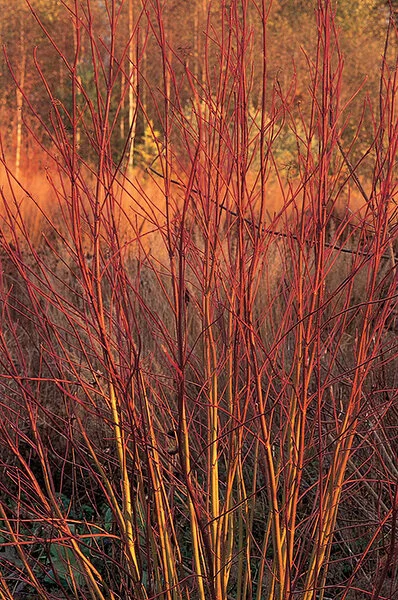Garden Activities for June
PLANTING – Continue planting annuals for summer pots and bedding. Larger plants like trees and shrubs can also be planted in the ground but you will need to be attentive to regular watering for the remainder of the season.
WATERING – This is the probably the most important gardening task you will do – more plants die due to lack of watering (or in some cases, over-watering) than any other reason. Be aware that our rainfall totals are fairly low despite having many cloudy and days with light rain or drizzle. Most plants need at least one inch of water per week. Our “rainy” days often provide us with a fraction of that amount. Good gardeners know to keep up with the weather forecast and know exactly how much rain we are receiving.
Potted plants will need more frequent watering than plants in the ground. Daily watering is needed on warm days (in the 70s and higher). When in doubt, feel the soil to see if it is dry or moist.
In-ground plants that are already established should get one deep watering per week. For large trees and shrubs, a 5-gallon bucket is great. Build a barrier or dam by piling up soil around the perimeter of the tree or shrub to create a basin. Water slowly to ensure that the water is not running away from the plant. Newly planted shrubs and trees will need more water (two or three waterings per week).
PRUNING – Early blooming shrubs, like rhododendron and forsythia, can be pruned after they finish blooming. Rhododendrons can also be deadhead although this is done primarily as a cosmetic function. If you don’t do it, you will still have blooms next year! The new candles on conifers can be pinched back or removed to keep growth in check.
Tall perennials that bloom late in the summer, such as Joe Pye Weed, Goldenrod, and Asters can be cut back to a third or half to reduce their height and increase bushiness.
DEADHEADING – Pinching or cutting off spent blooms will keep plants happy, and they will continue to bloom. Roses, perennials and annuals all benefit from deadheading.
FERTILIZING – Feed annuals in pots and hanging baskets weekly or bi-weekly with a liquid fertilizer like Jack’s Blossom Booster.
After rhododendrons, camellias and azaleas have finished blooming, fertilizer with an acid fertilizer.
In addition to giving Roses a granular fertilizer earlier in the season, they will benefit from additional fertilizer about every six weeks. Fish Fertilizer is an excellent choice for roses.
TRAINING CLIMBERS – Roses, clematis and other vining plants may need some guidance. Carefully guide canes and branches and secure them with yarn or gardening tape. Avoid using wire.
VEGETABLES – Thin seedlings
Keep picking lettuce and other cool-season crops. As warmer temperatures arrive, these crops will need to be replaced with hot season vegetables.
PESTS – Keep an eye out for aphids, slugs and tent caterpillars. Aphids can be controlled with a sharp burst of spray from your water hose or by using an insecticidal soap or neem. For slugs and snails, Diatomaceous Earth is a good choice.
